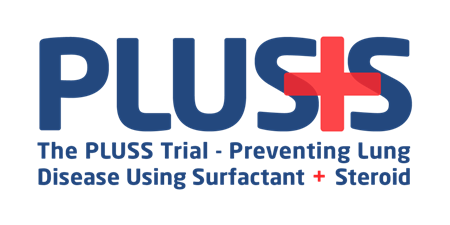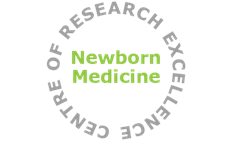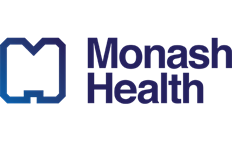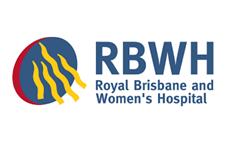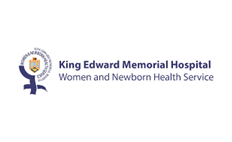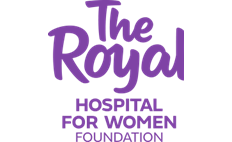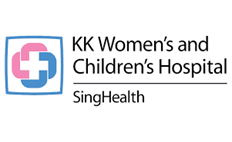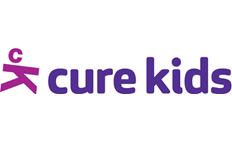Trial Overview
PLUSS Trial RESEARCH QUESTION
Does administration of intra-tracheal budesonide during the early treatment of respiratory distress syndrome (RDS) in extremely preterm infants increase survival without bronchopulmonary dysplasia (BPD) at 36 weeks’ postmenstrual age (PMA)?
BACKGROUND
Bronchopulmonary dysplasia (BPD) is a chronic inflammatory lung disease characterised by disordered alveolar and vascular development, most commonly affecting extremely preterm infants exposed to mechanical ventilation and oxygen therapy for RDS. BPD is associated with mortality, and adverse long-term pulmonary and neurodevelopmental outcomes. Despite advances in neonatal care including antenatal corticosteroids, exogenous surfactant, and the increasing use of non-invasive respiratory support, the incidence of BPD has increased in the state of Victoria in 2005 compared with earlier eras; e.g., from 43% in 1997, to 56% in 2005 (adjusted odds ratio 2.67, 95% confidence interval 1.60, 4.46; P<0.001).
HYPOTHESIS
Early administration of intra-tracheal budesonide combined with exogenous surfactant as the carrying vehicle, to extremely preterm infants will increase survival free of BPD at 36 weeks’ PMA.
STUDY DESIGN
A multicentre, two-arm, parallel, double-blind, randomised controlled trial.
STUDY POPULATION
Extremely preterm infants 22-27 weeks’ completed gestation admitted to a participating neonatal intensive care unit (NICU), who fulfil the entry criteria detailed below.
RECRUITMENT
Inclusion Criteria
All of the below are required for an infant to be eligible:
- Less than 48 hours of age
- Receiving mechanical ventilation via an endotracheal tube, or infants receiving non-invasive respiratory support including continuous positive airway pressure (CPAP), non-invasive intermittent positive pressure ventilation (NIPPV) or nasal high flow (HF), and a clinical decision to treat the infant with exogenous surfactant.
Exclusion Criteria
- Prior treatment with corticosteroids for the prevention of lung disease (inhaled, nebulised, intra-tracheal, or systemic)
- Infant is considered non-viable or is not going to be admitted to the neonatal intensive care unit (NICU)
- Known or suspected major congenital anomaly that is likely to affect respiratory status (eg. upper airway obstruction, congenital lung malformation, major congenital heart disease); or severe pulmonary hypoplasia following premature prolonged rupture of fetal membranes with resultant severe oligo/anhydramnios, where the clinician, based on clinical assessment on the first postnatal day, feels survival is unlikely
- Infant likely to be transferred to another non-participating NICU within 24 hours of birth
RANDOMISATION
A computerised random number generator will be used to select random permuted blocks with at least three different block sizes. Randomisation with balanced variable block sizes will be used, stratified by study centre, gestational age (22-25 weeks’ vs. 26-27 weeks’ completed gestation), prior surfactant therapy, and mode of respiratory support at randomisation (mechanical ventilation via an endotracheal tube vs. non-invasive respiratory support). After prospective, written informed parental/guardian consent, a web-based computerised system designed and administered by the Murdoch Children’s Research Institute will be accessed by computer to ascertain each infant’s allocation. Enrolled infants will be randomised in a 1:1 ratio to surfactant plus budesonide (intervention), or surfactant alone (control). Eligible infants from a multiple pregnancy will be randomised individually.
STUDY INTERVENTION
Treating clinicians, investigators and outcome assessors will be blinded to allocation. Infants randomised to the intervention arm will receive budesonide 0.25 mg/kg mixed with surfactant (Curosurf®, Chiesi Farmaceutici, Parma, Italy). Infants randomised to the control arm will receive surfactant alone. Once enrolled, infants will receive at least one, and no more than two, doses of surfactant +/- budesonide. For infants receiving non-invasive respiratory support, the allocated treatment may be given by any method that permits direct instillation into the trachea.
MANAGEMENT OF INFANTS IN NICU
Inhaled or nebulised corticosteroid treatment will not be permitted in the trial at any time. All other management of enrolled infants after the intervention will be at the discretion of the clinical team. This includes escalating and weaning respiratory support, prescribing systemic (oral or intravenous) postnatal corticosteroids, oxygen saturation targeting, antibiotics for late-onset sepsis (LOS), enteral feeding, and diagnosis and treatment of a patent ductus arteriosus (PDA). Caffeine therapy is expected to be universal in this population. Oxygen saturation targets will be based on local unit guidelines. Participation in other clinical studies will be permitted pending formal notification to, and approval by, the PLUSS Steering Committee.

